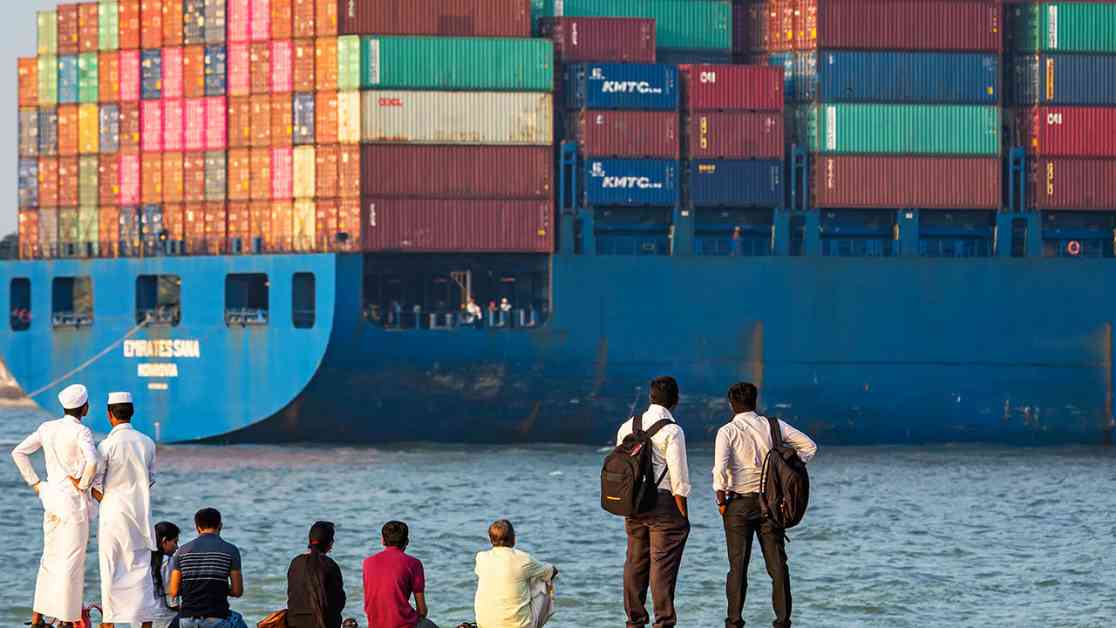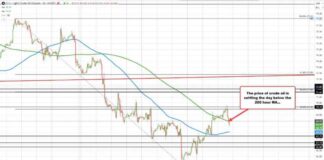Brazil, India, and Mexico: Competing with China in the Global Export Market
In recent years, Brazil, India, and Mexico have found themselves in a unique position as they strive to compete with China in the global export market. As China’s labor costs have surged and tensions with the West have escalated, these emerging markets see an opportunity to attract foreign direct investment and expand their manufacturing capabilities. With China facing a 30-year low in foreign direct investment, Brazil, India, and Mexico are eager to capitalize on the shifting dynamics in the global economy.
Brazil’s Export Strategy
Brazil, known for its rich natural resources and agricultural sector, has long been a player in the global export market. However, the country has faced challenges in competing with China’s manufacturing prowess. In recent years, Brazil has focused on diversifying its export portfolio to include value-added products and services. By investing in technology and innovation, Brazil aims to carve out a niche for itself in high-tech industries such as aerospace, biotechnology, and renewable energy.
One key aspect of Brazil’s export strategy is its focus on regional trade agreements. The country is a member of Mercosur, a regional trade bloc that includes Argentina, Paraguay, Uruguay, and Venezuela. By leveraging its position within Mercosur, Brazil aims to strengthen its trade ties with neighboring countries and expand its market access in Latin America. Additionally, Brazil has been actively seeking new trade partnerships with countries in Asia, Africa, and the Middle East to reduce its dependence on traditional markets.
India’s Export Strategy
India, with its large population and rapidly growing economy, has emerged as a key player in the global export market. The country’s strengths lie in its information technology and services sectors, which have propelled India to become a major player in the global outsourcing industry. However, India faces stiff competition from China in manufacturing and heavy industries.
To enhance its export competitiveness, India has focused on improving its infrastructure, streamlining trade processes, and promoting innovation and entrepreneurship. The government has launched initiatives such as “Make in India” to encourage domestic manufacturing and attract foreign investment. India has also been actively engaging in regional trade agreements, such as the Regional Comprehensive Economic Partnership (RCEP), to expand its market access in the Asia-Pacific region.
Mexico’s Export Strategy
Mexico, with its proximity to the United States and strong manufacturing base, has long been a key player in the global export market. The country’s export strategy has focused on leveraging its trade agreements, such as the North American Free Trade Agreement (NAFTA) and the United States-Mexico-Canada Agreement (USMCA), to access the lucrative US market. Mexico’s competitive advantage lies in its skilled labor force, strategic geographic location, and established supply chains.
In recent years, Mexico has been facing challenges from China’s growing presence in the global export market. To remain competitive, Mexico has been investing in technology, innovation, and sustainable practices to differentiate its products and services. The country has also been diversifying its export portfolio to include high-value industries such as automotive, aerospace, and electronics.
Conclusion
As Brazil, India, and Mexico continue to navigate the complexities of the global export market, they are faced with both opportunities and challenges in competing with China. By focusing on diversification, innovation, and strategic partnerships, these emerging markets are positioning themselves to capture a larger share of the global trade pie. With the right strategies and investments, Brazil, India, and Mexico have the potential to emerge as formidable players in the global export market and reduce their dependence on China’s industrial might.

















